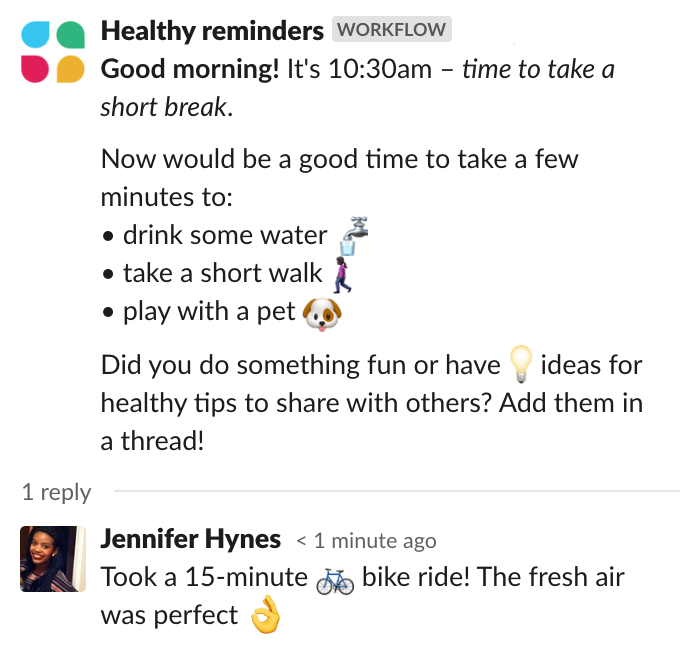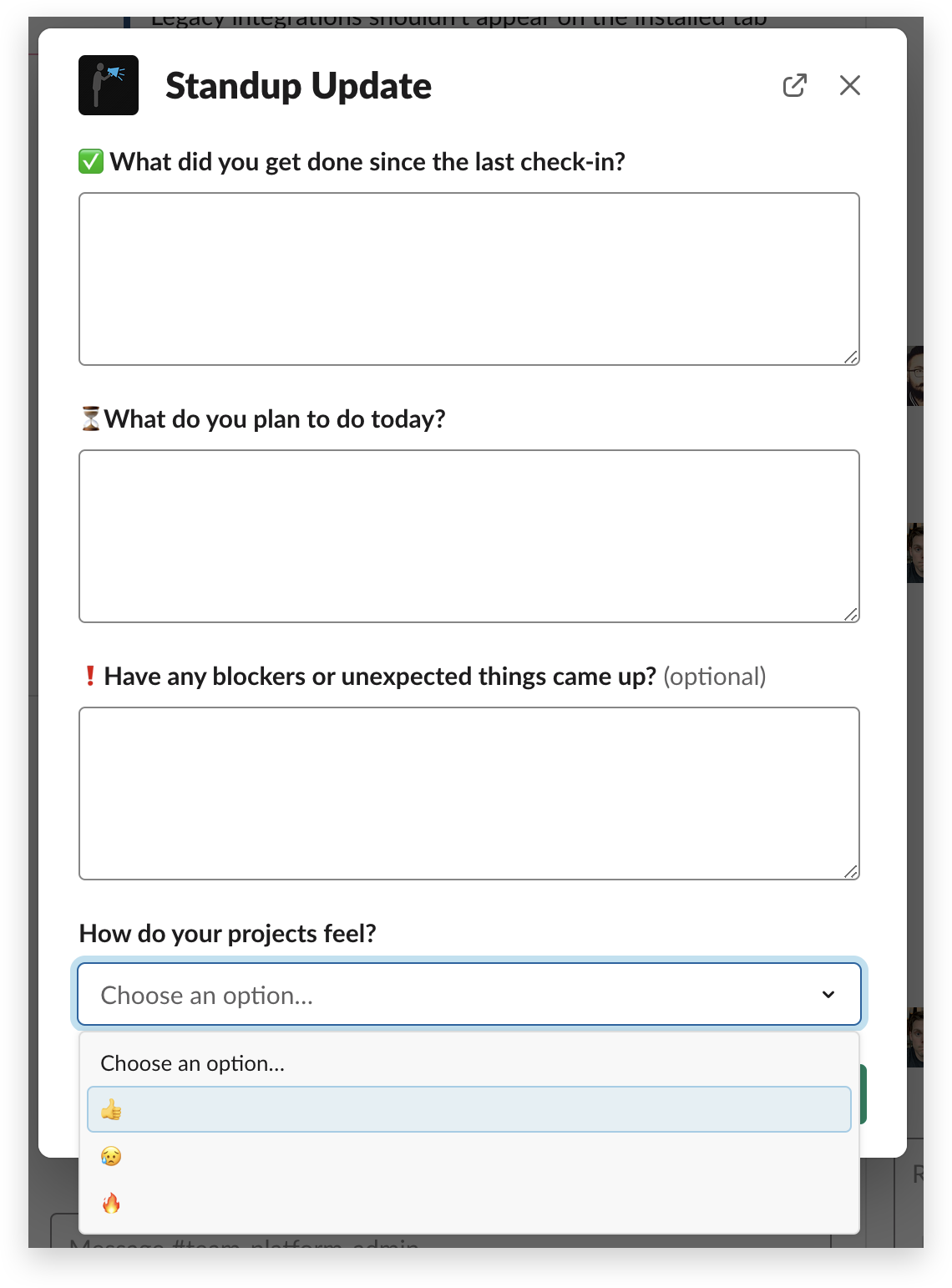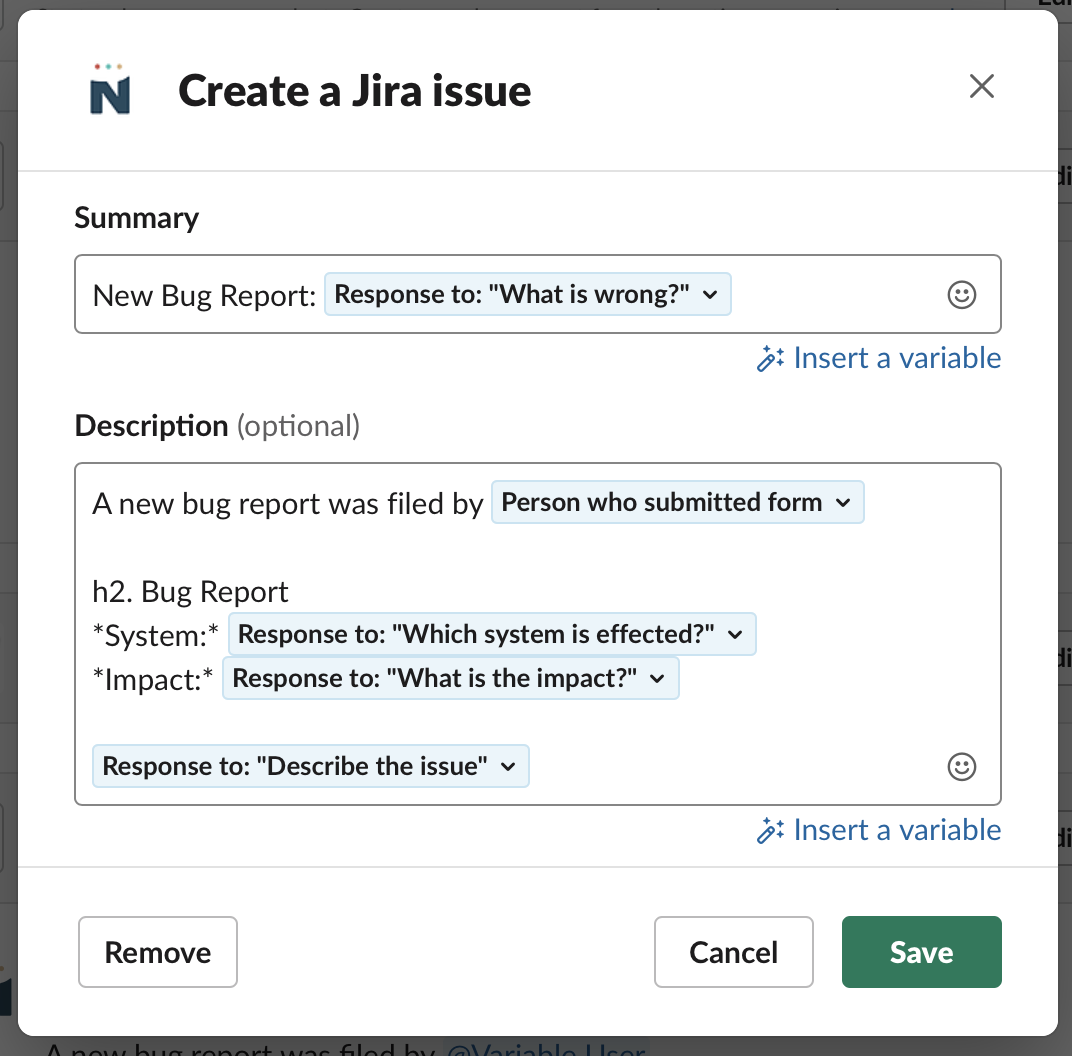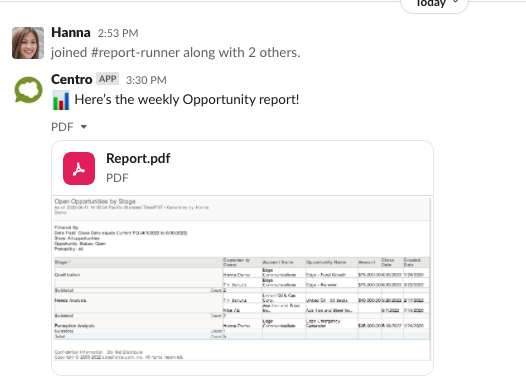Raise your hand if you’re obsessed with Slack. We are too. Slack makes it easier to collaborate with our teammates, but did you know you can also use Slack to take care of routine and repetitive tasks?
Workflow Builder enables Slack users to automate parts of their day-to-day. And the best part? It’s a no-code tool. Keep reading to learn about Workflow Builder, how to use it, and practical use cases for your team.
What is Slack Workflow Builder?
Workflow Builder is a codeless way to automate daily work tasks inside and outside Slack. It offers tools to help you automate your workflows at varying levels of complexity, so you can customize your automation the way you need. Workflow Build is available on paid plans. All members of a Slack workspace can create workflows, and any member or guest can use workflows in channels they are part of. (If you don’t see the Workflow Builder option, your workspace owners or admins may have restricted access to it.)
Before we dive into how to create workflows, you should know some Workflow Builder terms:
- Trigger: This one might be self-explanatory, but a trigger is how your workflow will start. Triggers signal your workflow automatically following an action.
- Step: When you add steps, you tell Slack how you want people to interact with your workflow. An example of a step is sending a Slack message.
- Variable: As you add steps to your workflow, variables—or information that people submit to your workflow—becomes available for reference in steps.
- Collaborator: Any collaborator (member of your workspace with permission to manage your workflow) can change or remove steps and unpublish or delete workflows.

How to create custom workflows in Slack
Slack published a thorough and handy guide to Workflow Builder, along with tutorials and resources to take you through each step. Don’t have time to dig into the guide? Don’t worry—I read through it and summarized it below so that you can set up your workflows as soon as possible.
1. Open Workflow Builder and get ready to create your new workflow.
In Slack, click on the name of your workspace in the top left corner. Navigate to “Tools” and select “Workflow Builder.” Then, click “Create” in the top right and enter a name for your workflow.
2. Choose a trigger for your workflow.
Remember that a trigger is an action that starts your workflow. The trigger you select for your workflow is channel-specific. Some triggers include a new channel member joining a Slack channel, a particular emoji reaction, or a specific date and time.
When choosing a trigger for your workflow, consider the context of the action you are automating. For example, if your team uses the :slightly_smiling_face: emoji on a daily basis, and you are creating a workflow that you don’t want to trigger often, you may want to consider using a different emoji.
Follow the steps for your trigger of choice and choose a channel for your workflow.
3. Add steps to your workflow.
After the initial setup mentioned above, you’ll add and customize the steps in your workflow. Steps will occur in the order you specify. With your workflow open, click “Add Step” to open the step library. Search for the action you’re looking for, and click “Add.”
Three types of steps include:
- Sending messages
- Adding forms to collect information
- Custom workflow steps from other apps
You’ll find and add steps from the step library in Workflow Builder like this:

You can customize your workflow steps with buttons and variables. When you add buttons, the individual going through the workflow won’t be able to proceed until they click the button. Variables allow you to insert information from a step in your workflow to subsequent steps. (Hint: There are some quirks to adding buttons and variables, so be sure to read all Slack instructions carefully and reference the help center if needed.)
4. Test your workflow and publish it.
Once you publish your workflow, it will be available in the channel you selected during the initial setup. It will launch each time someone triggers it.
Consider testing your workflow in a test channel before publishing. When you’re ready, publish your workflow in the designated channel of choice by opening your workflow and clicking “Publish” in the top right corner. Ta-da!
Slack workflow examples
With Slack Workflow Builder, the possibilities are endless. If you’re still unsure how this tool could benefit you and your team, look no further. We rounded up some of the best Workflow Builder examples to inspire you to streamline and automate more of your work.
Team communications
Slack Workflow Builder can improve how remote and hybrid teams communicate with each other and share important announcements. For example, try automating a reminder for team members to take a break to enhance your remote team culture.

Another great way to use Workflow Builder for team communications? Set up a workflow to ensure team members get the recognition they deserve, allowing them to give shoutouts to one another. Download this template to get started.

Additional team communications automations:
Engineering and Development
Engineers and software developers need as much Focus Time as possible to do deep work and prepare for deployments. There are numerous ways engineering and development teams can use Workflow Builder to free up time for other work.
Instead of hopping on a call, try using Workflow Builder to automate daily standups. Team members can post their replies directly in the message thread, or you can create a form to manage the team’s answers and keep track of responses.

Another major time-saver is dedicating a channel to bugs and creating a bug-reporting workflow to create issues in Jira. This workflow requires a separate channel for team members to share bugs and the Jira Integration+ app.

Onboarding
Remote onboarding can be challenging, but Slack can streamline the process and help welcome new employees to the team. It’s easy to welcome new team members to a channel with Workflow Builder. When a new person joins the channel, the workflow sends a direct message and can include pinned resources to help get that person caught up to speed.

To improve the onboarding experience further, try assigning onboarding checklists with ToDoBot. This workflow allows human resources or managers to set a list of predefined tasks for new team members to tackle.

Sales
It’s no secret that sales teams manage a lot of information. For many sales teams, data lives in a CRM such as Salesforce. Fortunately, with the Centro app for Slack, you can automatically post Salesforce reports into Slack. This automation is a slightly heavier lift than others, but rest assured, it will be worth it in the long run.

Not a Salesforce user? Install the Zapier app for Slack and add new deals and opportunities to your CRM and your project management tool if you choose.

Marketing
Review processes can be a drag, and marketers are all too familiar with the pain of waiting for a teammate to review a deliverable. Instead of scheduling meetings or tracking people down for feedback, try using the Workflow Builder to trigger a review and feedback process. This automation allows team members to provide input and feedback on their own time (we love asynchronous collaboration).

Additional reading
- Best Slack Standup Bots
- How to schedule Slack messages with ease
- How to schedule a meeting in Slack
- Best Slack integrations to complement your productivity style


.gif)



